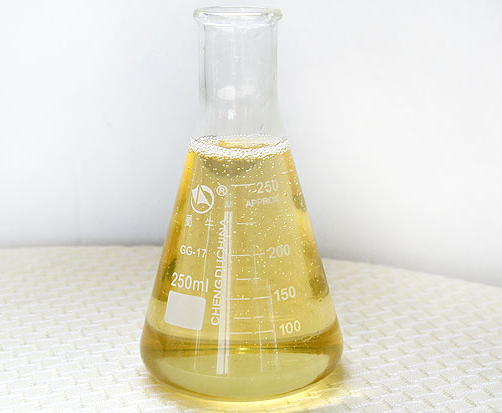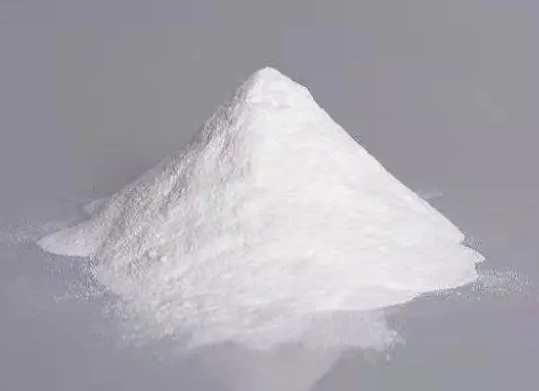Post Date:5, Aug, 2024
(一) Settlement Joints
Phenomenon: Several short, straight, wide and shallow cracks will appear in the poured concrete before and after initial setting.
Reason: After adding water-reducing agent, the concrete is more viscous, does not bleed and is not easy to sink, and it mostly appears above the steel bars.
Solution: Apply pressure to the cracks before and after the initial setting of the concrete until the cracks disappear.

(二) Sticky Cans
Phenomenon: Part of the cement mortar sticks to the wall of the mixer barrel, causing the concrete coming out of the machine to be uneven and less ash.
Reason: Concrete is sticky, which mostly occurs after adding retarding water-reducing admixture, or in drum mixers with a close shaft diameter ratio.
Solution: 1. Pay attention to remove remaining concrete in time. 2. First add aggregate and part of the water and mix, then add cement, remaining water and water reducing agent and mix. 3. Use a mixer with a large shaft diameter ratio or a forced mixer
(三) False Coagulation
Phenomenon: The concrete quickly loses fluidity after leaving the machine and cannot even be poured.
Reason: 1. Insufficient calcium sulfate and gypsum content in the cement causes calcium aluminate to hydrate too quickly; 2. The water reducing agent has poor adaptability to this type of cement; 3. When the triethanolamine content exceeds 0.05-0.1%, the initial setting will be rapid. But not final.
Solution: 1. Change the cement type or batch number. 2. Change the type of water-reducing agent when necessary, but generally not necessary. 3. Reduce the water reduction rate by half. 4. Reduce the mixing temperature. 5. Use Na2SO4 to retard the setting content to 0.5-2%.

(四)No Coagulation
Phenomenon: 1. After adding water-reducing agent, the concrete has not solidified for a long time, even all day and night; 2. The surface oozes slurry and turns yellowish brown.
Reason: 1. The dosage of water-reducing agent is too large, which is likely to exceed 3-4 times the recommended dosage; 2. Excessive use of retarder.
Solution: 1. Do not exceed the recommended dosage 2-3 times. Although the strength is slightly reduced, the 28d strength will be reduced less and the long-term strength will be reduced even less. 2. After final setting, increase the curing temperature appropriately and strengthen watering and curing. 3. Remove the formed part and pour it again.
(五) Low Intensity
Phenomenon: 1. The strength is much lower than the test results of the same period; 2. Although the concrete has solidified, its strength is extremely low.
Reason: 1. The amount of air-entraining water-reducing agent is too large, causing the air content in the concrete to be too large. 2. Insufficient vibration after adding air-entraining water-reducing agent. 3. The water is not reduced or the water-cement ratio is increased instead. 4. The amount of triethanolamine added is too large. 5. The quality of the water-reducing agent does not meet the requirements, such as the content of active ingredients is too low.
Solution: 1. Use other reinforcement measures or re-pouring. 2. Strengthen vibration after pouring. 3. Take action against the aforementioned reasons. 4. Identify this batch of water-reducing admixtures.
(六) Slump Loss Is Too Fast
Phenomenon: Concrete loses workability very quickly. Every 2-3 minutes after leaving the tank, the slump decreases by 1-2cm, and there is an obvious bottom sinking phenomenon. This phenomenon is more likely to occur in concrete with large slump.
Reasons: 1. The water-reducing agent has poor adaptability to the cement used. 2. The air bubbles introduced into the concrete continue to overflow and the water evaporates, especially when using air-entraining water-reducing agents. 3. The concrete mixing temperature or ambient temperature is high; 4. The concrete slump is large.
Solution: 1. Take action against the cause. 2. Adopt post-mixing method. The water-reducing agent should be added after mixing the concrete for 1-3 minutes, or even before pouring, and stir again. 3. Be careful not to add water.
Post time: Aug-05-2024






